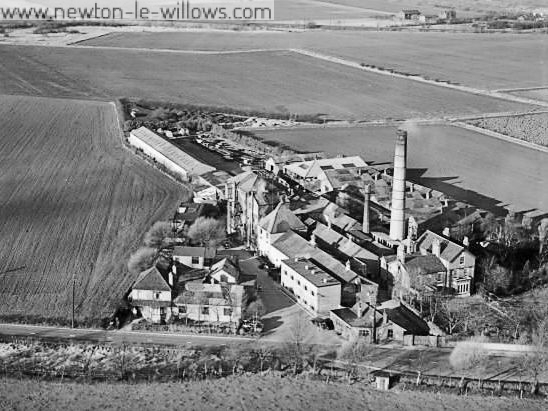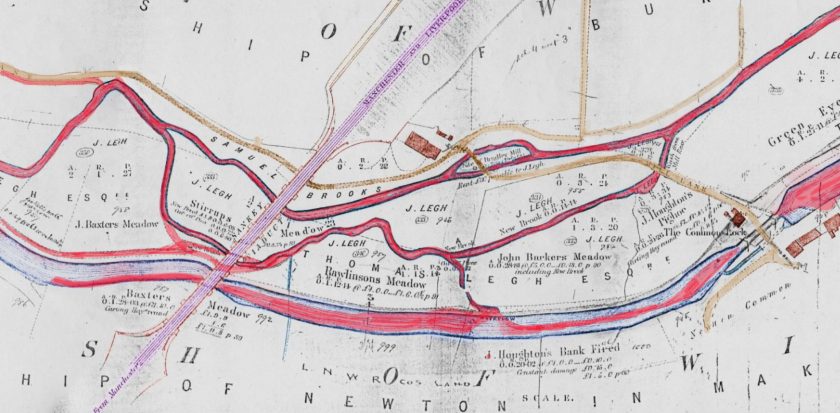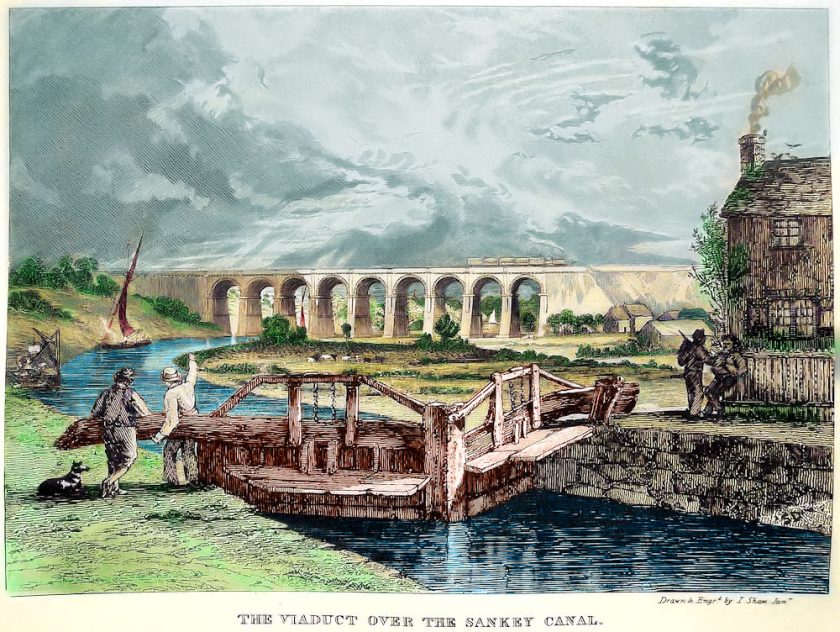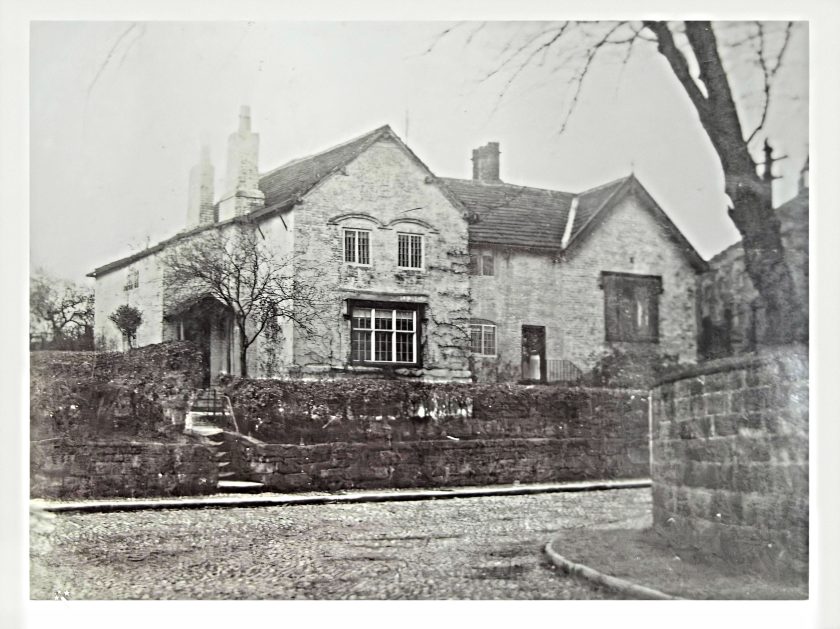On March 13th, 1867, James and Jane Forshaw purchased the land on which the Burtonwood Brewery now stands.
James had some brewing training while employed at the Bath Springs Brewery, Ormskirk, and probably chose the site because of its position mid-way between Warrington and St Helens, and also because there was an adequate supply of suitable water readily available.
The first brewery had a 14-barrel open-tired copper, two 12-barrel Fer-menting Vessels and a cellar capacity for 45 barrels. The trade was with Free Houses, farmers and private landowners, mainly in small AVi gallon casks known as ‘Tommy Thumpers’.
THE FIRST PUBLIC HOUSES
In 1870 Richard Forshaw came to live with his aunt and uncle, following the death of his mother, and in 1874 they purchased their first freehold Public House, and had leases on eight other houses. They were then selling about 20 barrels a week at 30s a barrel.
In 1880 James died and the business was carried on by Richard and his aunt. They increased the number of houses owned by the Brewery, and in 1884 they were doing 40 barrels a week.
Richard took up farming in 1885 but in 1890 – helped by a small legacy from his father—he purchased the Brewery from his aunt on the occasion of her second marriage, to the Rev. Wilson, vicar of Burtonwood.
Richard married Alice Kershaw in 1887 and they were survived by four children – Tom, Mary, James and Richard.
During the miners’ strike of 1893 there was much local depression, and Richard provided free bread, potatoes and beer for the miners’ families.
In 1894 William Singleton joined the company as a brewer and, except for short intervals, he and his son Harold were the Head Brewers of the company until Harold’s death in 1964.

BOTTLING AWARD
Bottling commenced in 1895 and, in the following year, the company won the highest award at the Brewers Exhibition for its Bottled Stout.
In 1898 Jane Wilson died—by which time 60 barrels a week were being averaged.
In 1904 the company started supplying Workingmen’s Clubs in the local areas of St Helens, Haydock, Earlestown and Warrington – the foundation of the large Club trade enjoyed today—and by 1907, when Tom Forshaw started work in the Brewery, the trade was 200 barrels a week.
By 1912, Mary Forshaw was the Com-pany Secretary and had started driving for her father. This duty increased when he was injured in the Ditton rail crash during that year.
AFTER THE GREAT WAR
James and Richard served in the army during World War I, as did John Gilchrist, whom Mary married in 1919.
In that same year, the company’s em-ployees first went to ‘The National’ – an outing which has continued until the present day.
During and after the War, Richard Snr. and his elder son, Tom, continued to expand the business of the Brewery in Lancashire and Cheshire, while his younger son, Richard Dutton-Forshaw, founded the Burtonwood Engineering Company in 1922.
After Richard Snr. died in 1930, Tom Forshaw continued the expansion into North Wales, assisted by Richard Jack-son, who served the company for 40 years.
EXPANSION AND DEVELOPMENT
In 1937 the Brewery was substantially rebuilt, and by 1939 it owned 138 freehold and 96 leasehold houses. Despite the restrictions of World War II, the business continued to develop, and early in 1945, 51 houses were acquired when the Caergwrle Brewery Company near Wrexham, North Wales, was purchased.
In 1946 Commander R. I. Gilchrist— the son of Mary Gilchrist—joined the company after war service in the Royal Navy, and in 1949 the company was re-named Burtonwood Brewery Co. (For- shaws) Ltd, following a reorganisation of the family holdings.
To facilitate expansion, the Brewery became a public company in 1964 and continues under the direction of the For-shaw family, controlling 300 houses in Lancashire, Cheshire, Staffordshire and North Wales, in addition to a similar number of club trade
customers.
An auction by Messrs Thomas Winstanley and Sons at the Leigh Arms, Newton- le-Willows, in September 1839 offered for sale ‘Valuable and extensive freehold estates and coal mines in the Burtonwood and surrounding area.’
Rent for one George Gleave in July 1888 for farm and land in Burtonwood’ was £156 19s 4d. The ‘house, garden and cottage’ cost him £5 a year and the ‘interest on buildings’ £9 14s 9d.
James Cooper had to pay 14s each September for the rent of pews in Burton-wood Chapel, records of 1850 show. And in 1887, Richard Pennington was charged £30 each September for ‘shooting over the Burtonwood estate.’
Text and images from a 1973 copy of the Burtonwood Brewery Top Hat Magazine, kindly donated by Neil McCarthy and transcribed by Steven Dowd for use on the newton-le-willows.com website.


